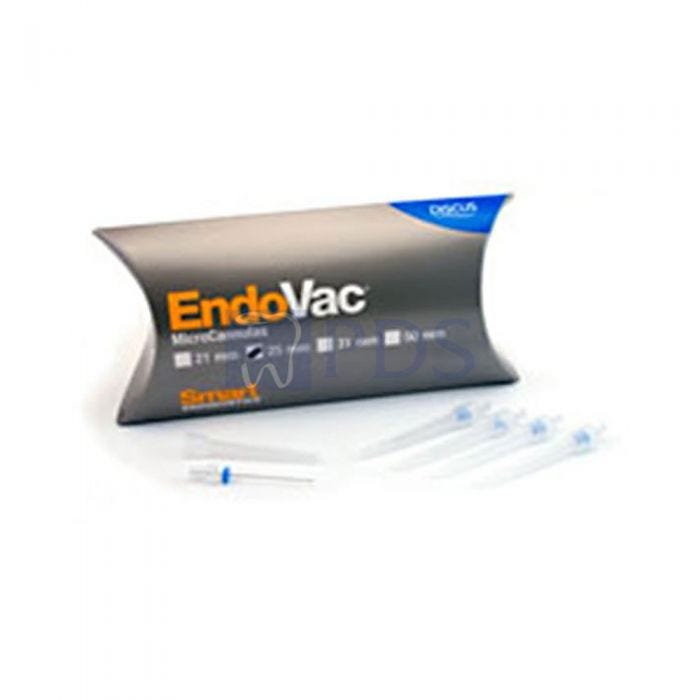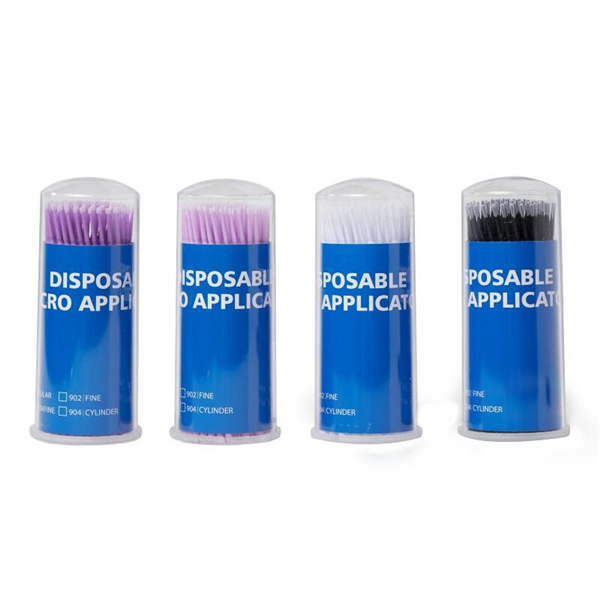In aesthetic medicine, microcannulas have revolutionized how practitioners perform procedures, offering a safer and more efficient alternative to traditional needles. With a rapidly growing interest in their benefits and a focus on finding the best prices for microcannulas, practitioners and clinics are increasingly turning to this tool to enhance patient satisfaction and outcomes. Understanding how to choose and use microcannulas effectively can set professionals apart in delivering optimal results.
This comprehensive guide covers everything you need to know about microcannulas, from selecting the right size to mastering injection techniques. Whether you’re a seasoned practitioner or new to this device, here’s a closer look at the role of microcannulas in modern aesthetics and why they’re a game-changer for non-surgical procedures.
What is a Microcannula, and How Does it Work?
Microcannulas are thin, flexible tubes with blunt tips designed for precise injections under the skin. Unlike traditional needles, which pierce through tissue and blood vessels, microcannulas navigate between structures, minimizing trauma. This reduces pain, bruising, and inflammation, making the procedure more comfortable for patients. Microcannulas have gained popularity for injecting fillers and other substances into sensitive areas, like the under-eye region and lips, where delicate handling is essential.

Advantages of Microcannulas Over Traditional Needles
One of the primary reasons practitioners switch to microcannulas is their numerous advantages over sharp needles. Microcannulas reduce the risk of damaging blood vessels and causing bruising, which is particularly beneficial in sensitive or high-risk areas. Other benefits include:
- Reduced Patient Discomfort: Patients report lower pain levels and less bruising with microcannulas, improving the overall experience.
- Increased Precision: The blunt tip allows for more control, ensuring accurate placement of fillers and injectables.
- Faster Recovery: Minimal bruising and tissue trauma enable patients to recover faster, making this a sought-after option for those with busy schedules.
These benefits have made microcannulas the tool of choice for both aesthetic and therapeutic injections, especially when patient satisfaction is a priority.
Choosing the Right Microcannula for Your Practice
Microcannulas come in various sizes, ranging from 22 to 30 gauge and different lengths, depending on the area of application. Selecting the right size depends on the type of filler used, the treatment area, and the specific needs of each patient. For instance:
- 22-25 Gauge: Suitable for thicker fillers and larger areas like the cheeks.
- 27-30 Gauge: Ideal for smaller areas, such as the lips and under the eyes, where a more delicate approach is necessary.
Understanding the right combination of size and gauge allows practitioners to deliver accurate results, enhancing the natural look and feel of the treatment.
Techniques for Effective Microcannula Use
To master microcannula injections, it’s essential to practice techniques that maximize both patient safety and product efficacy. Here are a few key strategies:
- Single Entry Point: Microcannulas allow practitioners to reach a broader area with a single entry point, reducing trauma and puncture marks.
- Feathering Technique: This approach helps disperse the filler more evenly, creating a softer, more natural look.
- Cross-Hatching: Used to add volume evenly across an area, particularly effective in facial contouring.
Each technique has its own benefits, and knowing when to use each is part of mastering microcannula applications.
Safety Considerations and Best Practices
While microcannulas reduce risks compared to traditional needles, practitioners should still be aware of potential complications. Best practices include:
- Thorough Patient Assessment: Ensuring the patient is a suitable candidate for microcannula injections.
- Sterile Technique: As with any injection, maintaining a sterile environment is essential to prevent infections.
- Proper Training: Hands-on training in microcannula techniques is crucial to minimize risks and maximize results.
Following these protocols can help maintain the highest standards of care, leading to better patient outcomes and satisfaction.
Where to Find Better Prices on Microcannulas
The growing demand for microcannulas has led to a wider selection of suppliers and options, allowing clinics to find better prices on microcannulas without sacrificing quality. When choosing a supplier, consider factors like durability, material, and feedback from other practitioners. Many suppliers offer bulk purchasing options or discounts for loyal customers, helping clinics manage costs while maintaining access to high-quality equipment.
Incorporating Microcannulas into Your Practice
Transitioning to microcannulas can benefit clinics looking to improve patient experience and results. Start by introducing microcannulas for select procedures, gathering patient feedback, and adjusting techniques as needed. Once you’re comfortable, you can expand their use to additional treatments. Educating patients on the benefits of microcannulas over traditional needles can also help promote trust and satisfaction with their results.

Conclusion: Elevate Your Practice with Microcannulas
Mastering the use of microcannulas can enhance patient outcomes, reduce recovery times, and position your practice as a leader in minimally invasive treatments. With the added benefits of safety, precision, and patient comfort, microcannulas offer a modern approach to aesthetic medicine that’s well worth the investment. By exploring better prices on microcannulas and understanding the tools and techniques, you can provide high-quality care that meets the growing demand for minimally invasive cosmetic procedures.

